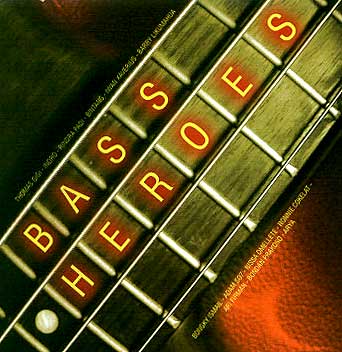Body of specialized instruments are usually made of wood, although other materials such as graphite have also been used. The most common type of wood used for the body is alder, for the neck is maple, and for the fret board is wood, although various kinds of wood can be used to create the body.Other regularly used wood, including mahogany, maple, ash, and poplar for bodies, mahogany for the neck, and ebony for fret boards. Choice of body material and shape of this guitar can have a significant effect on timbre instruments were completed and aesthetic considerations.
Other design options include complete, such as lacquer, wax and oil along with flat and carved designs. Bass guitar neck, which is much longer than regular electric guitar necks, are generally made of maple.
Build Your Own Bass
 Before you begin purchasing the wood and other articles it is better to first buy a kit of a do it yourself bass guitar and understand the dynamics of building a bass guitar. Once you know how to do it you can do everything yourself right from scratch.
Before you begin purchasing the wood and other articles it is better to first buy a kit of a do it yourself bass guitar and understand the dynamics of building a bass guitar. Once you know how to do it you can do everything yourself right from scratch.Start with the neck of the guitar and tape it on the fretboard on the front with a masking tape. Apply some wood lacquer wood finish to the head piece of the neck. Let ir dry and repeat the same on the other side. This will give the neck of the bass a nice deep brown hue.
Now use a sand paper to smoothen the body of the bass guitar. Do it on both sides and wipe off the dust to get a smooth surface.
Now paint a coat of primer on both sides of the guitar and let it dry for a few days. If there are any rough spots or drip marks, sand it, making it smooth for painting.
Paint both the sides evenly. Let it dry for a day or two. Now give it a second coat of paint.How to Build Your Own Bass.
Now get the cutaway section of the guitar and attach the neck of the guitar. With a screwdriver fix the fix screws on all four sides. Now place the tuners at the top of the neck of the bass. Fix them with screws you will find in your bass kit.
Get a soldering iron and fix the control plate of your bass guitar. Take a center contact wire and solder it to the volume pot on the control plate. Next solder the another wire connected to the volume pot that you have to solder to the input jack piece.
Now place the pickguard on the body of your guitar. Use screws to to attach it to the body of the bass.
Now put the brass pick ups in the right slots. Now fix wires at the bottom of the body where the control plate will be fixed.Now take the other wires from the bass pickups and solder them to the volume pot on the control plate. Now fix the control plate. Use a screwdriver to fasten it well. Now fix the tone control knobs on the control plate.At the very bottom of the guitar fasten the bridge of the bass. String up your guitar, tune it and test if all wires are fixed right.
Add some decorations if you want by adding stickers or just a typographical alphabet or write your name on your bass guitar.
Various components of the bass guitar
Thi skind guitar using a variety of components to produce music. Some of these components is the string and tuning it, fret or fretless bass, pickup, amplification and effects.
Strings and tuning
Design standards for the bass guitar has four strings, stay tuned E, A, D and G, with the original frequency of the string E is set at approximately 41 Hz, making the tuning of all four strings the same as that of the double bass. This tuning is also the same as the standard tuning under four strings on a guitar string 6, only an octave lower.
Amplification and effects
Always connected to the electric bass amplifier for live performances. electric bass guitarist uses one combo amplifier, which combines an amplifier and speaker in a single cabinet, or a separate amplifier and speaker cabinet.
Pickup
Most electric bass using a magnetic pickup. The vibration of the string instruments in the metal in a magnetic field of permanent magnets in magnetic pickups produce small variations in magnetic flux threading the pickup coil.
Frets and fretless bass
Frets are metal strips inserted into the raised fingerboard that extend the full width of the neck. Fret on the bass, with the frets divide the fingerboard into the division semitone. The original Fender bass has 20 frets. Fretless bass has a different sound, in the absence of frets means that the string must be pressed directly into the fingerboard wood.



